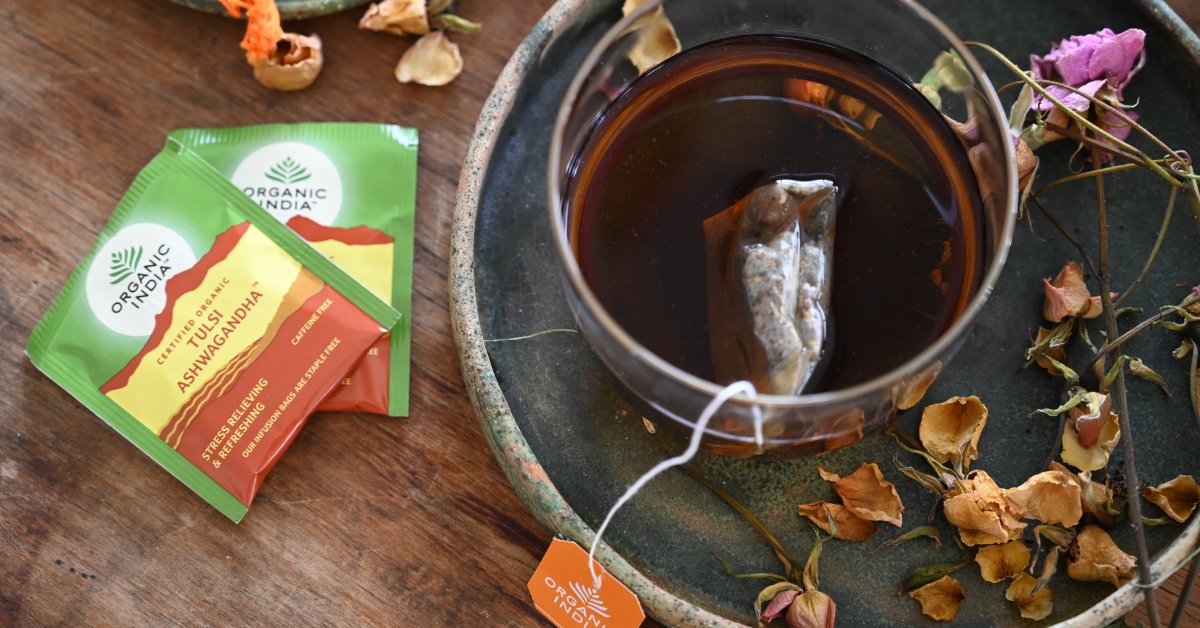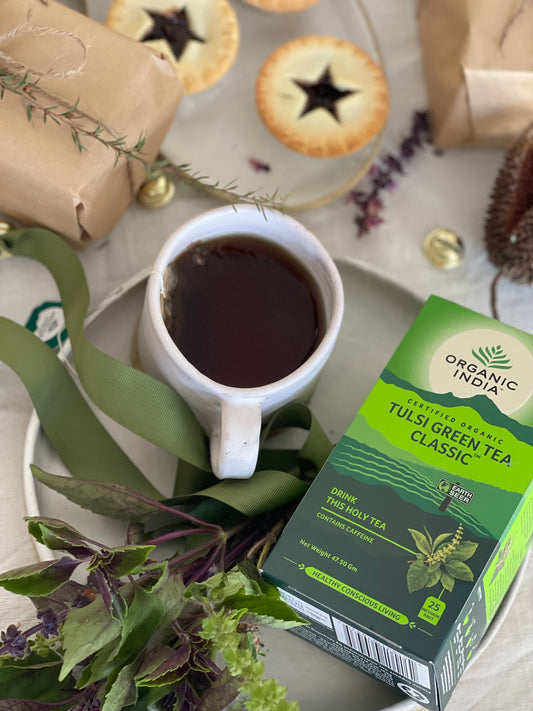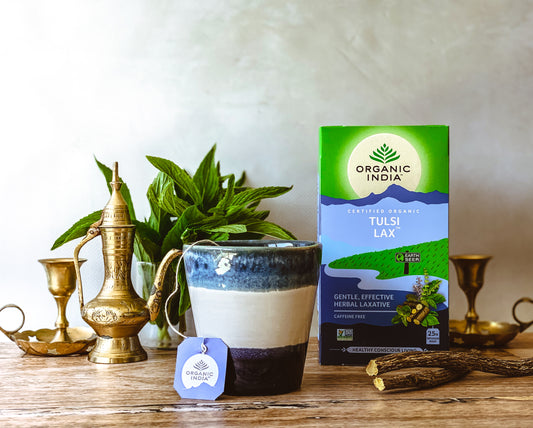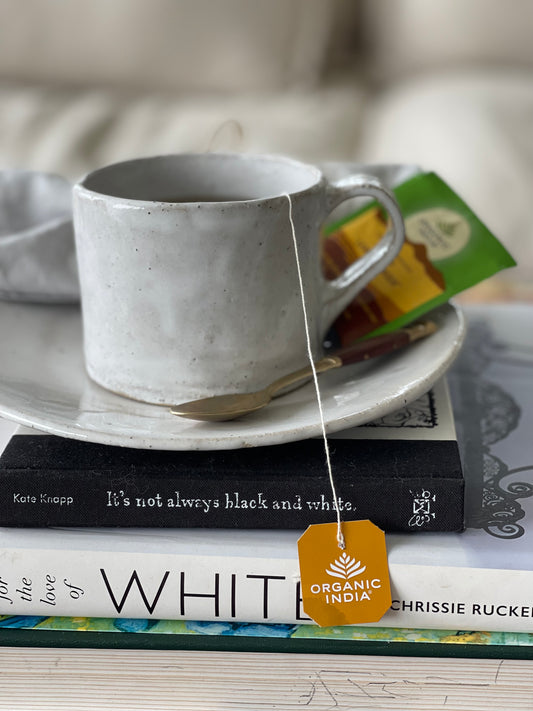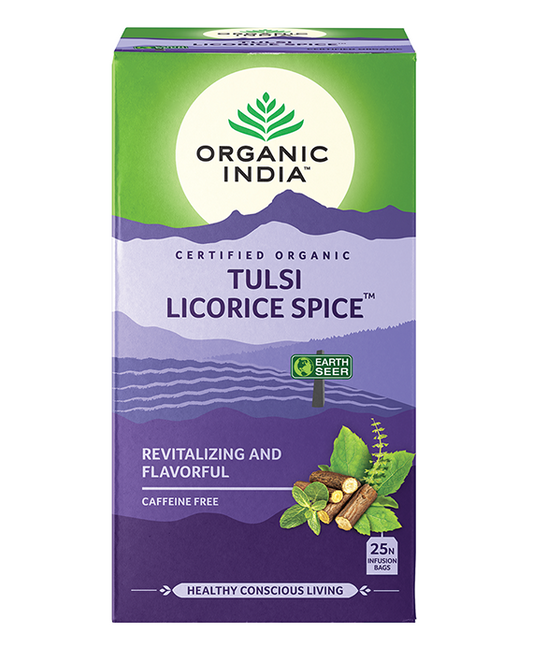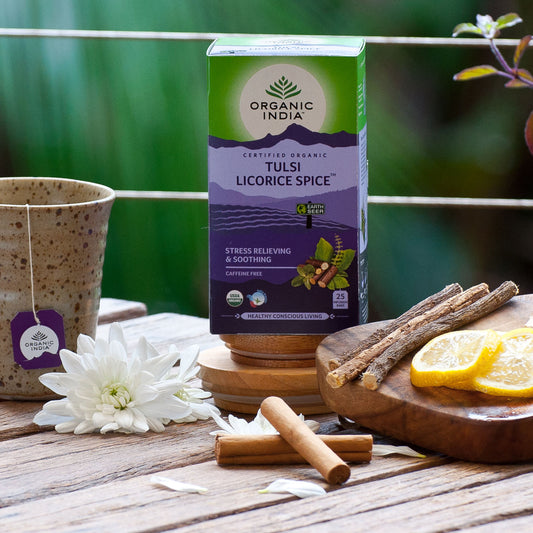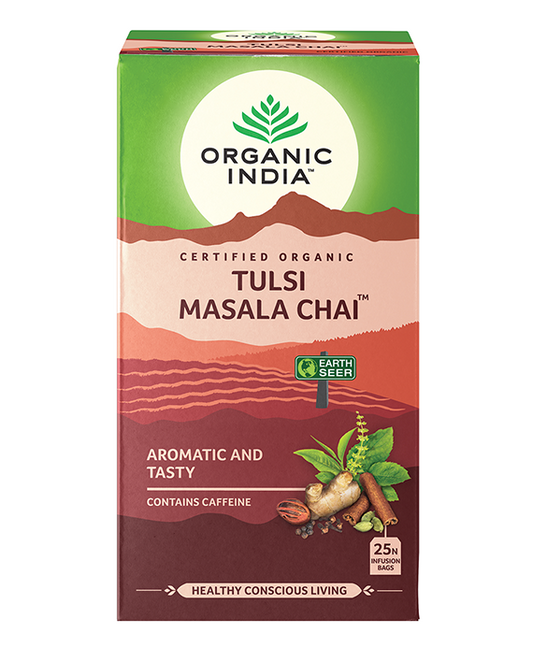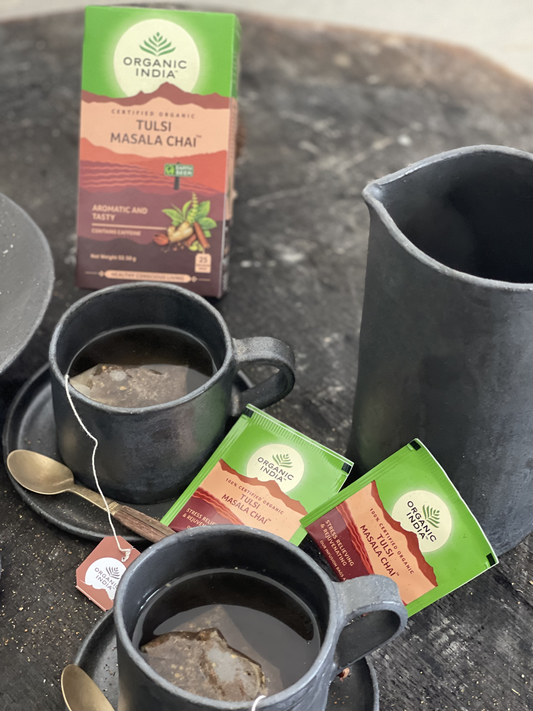One of my favourite meditation practices is mantra using Mala beads. This practice is called Japa in Sanskrit. Japa practice involves the repetitive recitation of a single word, several words or a longer mantra, such as the lovely Gayatri Mantra.
Mala beads are a traditional way of keeping count of the number of times your mantra has been recited during Japa. The word ‘Mala’ means ‘Garland’ and is a string of prayer beads. The full size Mala consists of 108 beads and a Guru bead, or tassel to remind us of the wonderful teachers in our lives.
The number 108 is a sacred number in many cultures but particularly in the Hindu tradition. The number comes from multiplying the 12 astrological houses by the 9 planets. Renowned Vedic mathematicians viewed 108 as the number of the wholeness of existence, connecting the Sun, Moon and Earth. The average distance of the Sun and Moon to Earth is said to be 108 times their respective diameters.
This number is also significant in many other religions. Similar beads have been used for generations in a variety of spiritual traditions including:
- Hinduism
- Buddhism
- Jainism
- Sikhism
- Christianity
- Islam
Mala beads made from Tulsi Seeds
Mala beads can be made from wooden beads, seeds, semi-precious or precious stones or gems. The Tulsi Mala is made from the wood or the seeds of the Tulsi plant. Tulsi (Holy Basil) is considered to be one of most sacred plants in Indian worship. Hindus view Tulsi as a goddess (a manifestation of Lakshmi) in the form of a plant bestowed with great spiritual and healing powers.
According to Ayurveda, the Tulsi plant promotes purity and lightness and is known for its ability to restore balance and harmony to the body, making it a beautiful choice of material for Mala beads. The Tulsi seeds are small and light, making the Tulsi Mala beads easy to use and to carry with you.
What are the benefits of Mantra Practice?
The practice of Japa, or repetition of a mantra is an excellent way of calming the mind and keeping thought of ‘The Divine’ (whatever that is for each one of us, whatever the culture, religion or belief) in our everyday lives. It has been known to positively affect the brain and mood, promoting feelings of relaxation, better focused attention and enhanced self-awareness.
Now studied in the West, the benefits of mantra are numerous. Studies have found that this ancient Indian spiritual science of sound vibrations has been used to help the mind, body and life. The use of mantra on the psychological wellbeing of students suffering from feelings of pressure and depression has been found to promote a clear improvement in the mood and clarity of mind of students (1).
The use of mantra meditation has also been studied in a hospital setting, and found to be a viable tool in workplace wellbeing programs for Emergency Department hospital staff who suffer from increased rates of burnout and stress. Study findings suggest that daily mantra meditation practice can develop attention and awareness, improve emotion regulation and improve the capacity to cope with stress. (2)
In my own experience, I have found this to be a very accessible form of meditation, that has served me well over the years, particularly during times of anxiety, fear, displacement and restlessness.
You can also wear your Mala beads to serve as a cue to act in accordance with your intentions or your spiritual values, or even as a gentle reminder of perspective throughout the day.
How to use the Mala
- Find a comfortable place to sit for your practice.
- Choose a mantra that is meaningful to you.
- Traditionally, the Mala is held between the thumb and middle finger of one hand. As each bead is passed through the finger and thumb, a mantra is said either silently, quietly or aloud. The most powerful mantras are said to be those repeated silently in the mind.
- This is done until the Guru bead is reached, the Mala is reversed and the process goes on until the Guru bead is reached again.
In a world filled with dominating distractions from all sides, and an increasing awareness about how our mental state affects our physical state, the need to find peace of mind has become increasing important. Mantra meditation can be a beautiful guide along your journey of healthy, conscious living.
References:
(1) https://pubmed.ncbi.nlm.nih.gov/28271341/
(2) https://bmjopen.bmj.com/content/8/9/e020685
https://organicindia.com.au/tulsi-holy-basil-guide/
https://chopra.com/articles/the-benefits-and-uses-of-mala-beads
